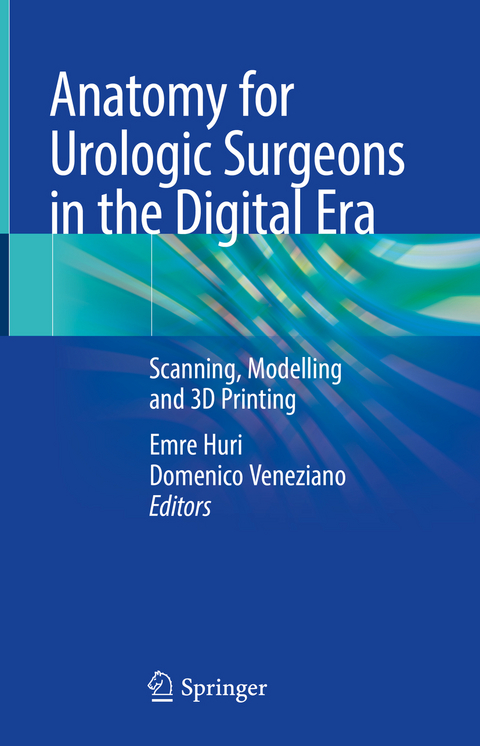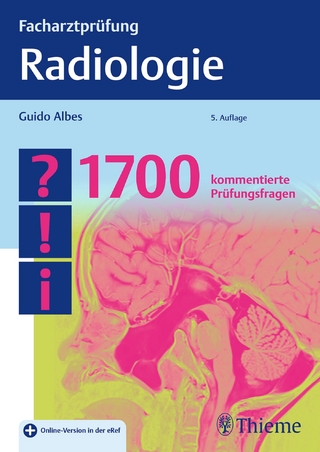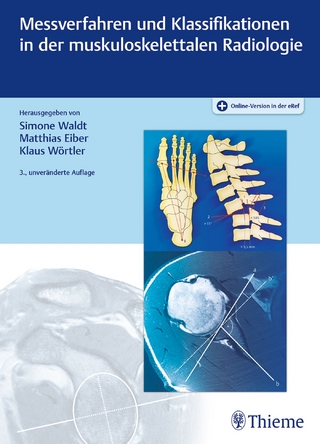
Anatomy for Urologic Surgeons in the Digital Era
Springer International Publishing (Verlag)
978-3-030-59478-7 (ISBN)
This book provides a practical guide in the use of imaging and visualization technologies in urology. It details how output from diagnostic systems, can be represented through synthetic, virtual and augmented reality tools, such as holograms and three dimensional (3D) modelling and how they can improve everyday surgical procedures including laparoscopic, robotic-assisted, open, endoscopic along with the latest and most innovative approaches.
Anatomy for Urologic Surgeons in the Digital Era: Scanning, Modelling and 3D Printing systematically reviews diagnostic imaging, visualization tools available in urology and is a valuable resource for all practicing and in-training urological surgeons.
Prof. Emre Huri: He was born in Antioch (Antakya), one of the oldest and historic cities in the world. He graduated from Hacettepe University Faculty of Medicine in 2001. Same year, he started urology residency in Ankara Training and Research Hospital at urology clinic. During the residency, he was elected as ESRU (European Society of Resident in Urology) and established the resident organization in Turkey, with the name of Turkey ESRU. He became a urologist in 2005. He became an observer fellow in Vienna University, Department of Urology with scholarship program of European Urology Association. In 2006, he started to work as academic urologist in Ankara Training and Research Hospital. He assumed the title of Associate Professor in 2011. He was assigned as a lecturer within the academic staff in 2013 at the same hospital. He has been assigned as Associate Professor to Hacettepe University, Faculty of Medicine, Department of Urology in 2013 and He is still working at the same university. He started to PhD program at Hacettepe University, Faculty of Medicine, Department of Anatomy in 2008. After passing the competency of doctorate, he assumed the title of MD-PhD. He is the first urologist who completed PhD in anatomy in Turkey. He organized more than 100 cadaveric hands-on training course for 10 years. In the meantime, he made academic studies on technologic developments in the area of surgery of prostate, bladder, pelvic floor and kidney. He was founder president of International Young Urological Association (IYUA). At the period of 2016-2018, he appointed as project coordinator in a European Union Project MedTRain3DModsim which was accepted by Turkish National Agency. He worked as Director of the Hacettepe University, Advanced Health Technologies Training and Research Center between the years of 2014-2017. He is the president of Association of Surgical Anatomy and Technologies, Director of International Continence Society (ICS) Institute School of Modern Technology (since 2018). Huri is an internationally well-known opinion-leader in education with using cadaveric and 3D medical printed/VR and AR models, 3D organ modeling and adaption of technologic developments in the urology curriculum. His recent studies are on the topic of virtual urological surgery models, 3D medical printing, surgical planning with virtual and augmented reality and health technologies. His main sub-specialty is female, functional urologic surgeries, neurourology, surgical anatomy and surgical education. Domenico Veneziano is a Urologist, Fellow of the European Board of Urology. He was born in Reggio Calabria, Italy, where he actually works as a full-time physician in the department of Urology and Kidney Transplant, G.O.M. Hospital. He is adjunct assistant Professor of Urology, at the Hosftra-Northwell University of New York and founder of INTECH, Innovative Training Technologies. His main fields of interest are oncologic mini-invasive surgery, urinary tract stone treatment and surgical education. In 2014 he completed a fellowship at the University of Minnesota in "simulation and education technologies" with the accreditation of the American College of Surgeons, one of the first fellowships in the world expressively dedicated to simulation in surgery. D.Veneziano is an internationally recognized expert in curriculum building, simulator design and in the organization of hands-on training events. Since 2014 he is coordinator of Hands on Training for the European Urological Residents Education Programme (EUREP), flagship educational programme of the European School of Urology and is actively involved in the development of novel training curriculums on behalf of the European Association of Urology (EAU). He is chairman of the "New Technologies and Communication" group inside the Young Academic Urologist Working Party (YAUWP), is a member of the ESUT board (European Section of Uro-Technology), founder and member of the ESU (European School of Urology) training group and member of the educational groups of ERUS (European Robotic Urology Section) and EULIS (European Uro-Lithiasis Section).
History of Urological Anatomy.- Part-1: Standards in Anatomical Representation. The History of Medical Illustration.- 3D Reconstruction and CAD Models.- Physical Models.- Cadaveric Models.- 1. Lab Animal Models and Analogies with Humans.- Part-2: Frontiers in Imaging-Acquision Technologies. Ultrasound Technologies.- CT Scan.- MRI: A Journey from 1.5 to 10 Tesla.- PSMA- Based Imaging.- Part-3: Latest visualization and surgical planning tools. Introduction and Taxonomy.- Augmented Reality.- Virtual Reality and Animation.- 3D Medical Printing.- Synthetic models.- Creating Standards for 3D Soft- Tissue Modelling.- Part-4: Understanding anatomy and translating it to everyday surgery. Exploration of Pelvic Anatomy: Cadaveric Dissection Atlas.- Pelvic District: Approaches to Prostate Cancer.- Retroperitoneal District: Approaches to Renal Diseases.- Abdominal District: Radical Cystectomy and Neobladder Configurations.- Stone Treatment: The Endoscopic Perspective.- Stone Treatment: The Percutaneous Perspective.- Benign Prostatic Hyperplasia: elements of embryology and surgical anatomy.- Lymph node dissection patterns.- Preventing Complications.
| Erscheinungsdatum | 03.11.2021 |
|---|---|
| Zusatzinfo | XIII, 364 p. 162 illus., 143 illus. in color. |
| Verlagsort | Cham |
| Sprache | englisch |
| Maße | 155 x 235 mm |
| Gewicht | 827 g |
| Themenwelt | Medizinische Fachgebiete ► Radiologie / Bildgebende Verfahren ► Radiologie |
| Medizin / Pharmazie ► Medizinische Fachgebiete ► Urologie | |
| Schlagworte | 3D medical printing • augmented reality • Endomicroscopy • Holograms • Immersive navigation • Microvisualization • Radical Nephrectomy • Roboflex • Synthetic Models |
| ISBN-10 | 3-030-59478-5 / 3030594785 |
| ISBN-13 | 978-3-030-59478-7 / 9783030594787 |
| Zustand | Neuware |
| Haben Sie eine Frage zum Produkt? |
aus dem Bereich


